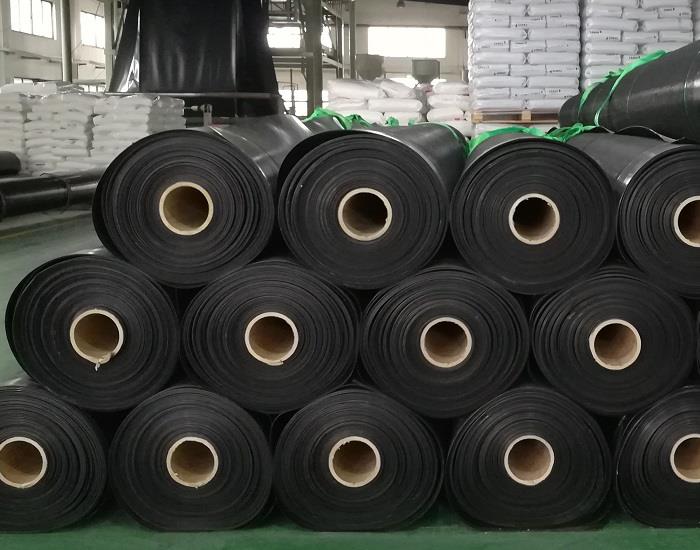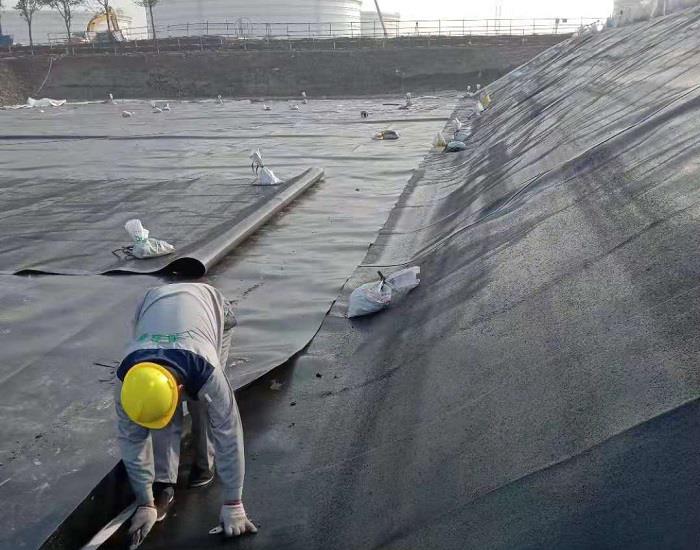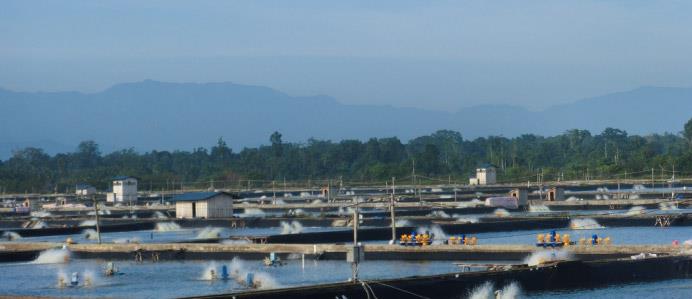When it comes to lining systems for containment applications, HDPE (high-density polyethylene) liners are a popular choice due to their durability, flexibility, and cost-effectiveness. In this guide, we’ll explore the benefits of using HDPE liners, cost considerations, and the various applications in which they are commonly used.

Benefits of HDPE Liners:
HDPE liners are known for their exceptional chemical resistance, making them suitable for a wide range of applications, including landfills, ponds, lagoons, and industrial storage facilities. Their flexibility allows them to conform to the contours of the substrate, providing a seamless and reliable barrier against leaks and contamination. Additionally, HDPE liners are UV resistant, making them suitable for outdoor installations where exposure to sunlight is a concern.

Cost Considerations:
When considering the cost of HDPE liners, several factors come into play. The thickness of the liner, measured in millimeters (mm), will impact the overall cost. Thicker liners, such as 3mm HDPE liners, offer enhanced puncture resistance and are often preferred for high-traffic areas or installations where additional protection is required. On the other hand, GM13 HDPE liners, known for their high tensile strength, may be a cost-effective option for specific applications.
In addition to the liner material itself, installation costs, including site preparation, seaming, and testing, should be factored into the overall cost. While HDPE liners may have a higher upfront cost compared to other lining materials, their long-term durability and low maintenance requirements make them a cost-effective choice over the lifespan of the installation.

Applications of HDPE Liners:
HDPE liners are utilized in a wide range of applications across various industries. In landfill construction, HDPE liners are used to create impermeable barriers that prevent leachate from contaminating the surrounding environment. In mining operations, HDPE liners are employed in tailings ponds and containment areas to manage wastewater and chemical runoff. Additionally, HDPE liners are commonly used in agricultural settings for irrigation ponds, manure lagoons, and other containment needs.
The versatility of HDPE liners extends to industrial facilities, where they are utilized for secondary containment of hazardous materials, as well as in decorative pond and lake installations for landscaping and environmental enhancement. The ability to customize the size, thickness, and configuration of HDPE liners makes them suitable for a wide range of unique and challenging applications.
In conclusion, HDPE liners offer a cost-effective and reliable solution for containment and environmental protection needs. Their durability, chemical resistance, and flexibility make them a preferred choice for a variety of applications. By understanding the benefits, cost considerations, and applications of HDPE liners, stakeholders can make informed decisions when selecting lining systems for their projects.

Post time: Apr-18-2024